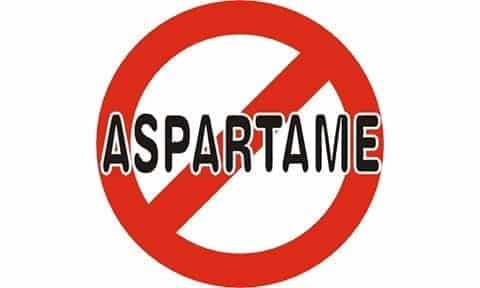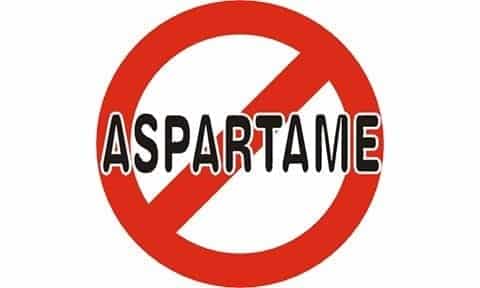Denizens, I want to talk today about a blog post I wrote a while back about Aspartame and the release of it’s manufacturing patent into the public domain.
We posted that article on August 27th and two months later, it went viral. Literally in the span of one weekend, we had 250 thousand visitors head to our site to look at it, the article was liked over 140 thousand times through Facebook and we received more emails responding to it than anything else we’ve posted. The problem is, after reading through some of these responses and looking again at what I wrote, I realize that I presented the information in the wrong way.
Let’s address a couple things:
First off, thank you. Thank you for keeping us honest and letting us know when we’re not doing our job. We look at our blog as an opportunity to educate about health and fitness topics, motivate you all to go out and be active, and generally just to tell people what Gnarly is all about. It was exciting when we started to see the Aspartame blog go viral. It’s really gratifying to know that our stuff is getting out there and people are reading it. However, when we received some responses that were frustrated in the way we presented the information, we realized that we needed to make a correction. We don’t want to be yet another nutrition company that presents nutrition info and news in a way that isn’t quite correct. In this instance, our tone was wrong. We shouldn’t have presented Aspartame’s production process in such a pseudo-scientific way. We are sincerely interested in educating, and we were told by enough of you that we weren’t really educating in the best way.
So what can be said about aspartame?
It is absolutely true that genetically modified (GM) E.coli are harvested for their waste product, a protein that contains the aspartic acid-phenylalanine amino acid segment needed to make aspartame. GM E.coli is used because it’s been designed to produce more phenylalanine. Many scientists are fearful that the GM protein these E.coli produce could have unknown consequences on human health. This is such a legitimate concern that aspartame produced for European markets is not allowed to be produced from the GM E.coli (The EU is very strict on GMOs in general)*. In all aspartame production, the protein is processed via methylation. Although methylation occurs naturally in the body, there are many scientists and studies that raise serious concerns about applying the process to additives that end up in our food.**
A few folks wrote in to tell me that labeling what the GM E.coli excrete as “poop” is misleading. Although it is waste product from the bacteria, the substance is more accurately a protein than common feces like we’re familiar with.
And yes, I was also reminded of all the other foods and drinks that start off with bacteria or yeast gnawing down on the sugars it’s attracted to in a compound, digesting them, and in the process converting that sugar to gas –breads, alcohol, yogurts and cheeses just to name a few. But it still stands that aspartame is not a natural sweetener. And the debate on whether or not it is safe has been fought since before the FDA’s initial approval of it’s use in dry goods in 1974, which was subsequently invalidated a year later. Then, after 7 more years of research and a very intriguing conflict of interest debate, the sweetener finally did see approval in 1981. Because of the debate regarding its safety and the validity of the research done to approve it for commercial consumption, aspartame remains one of the most researched food ingredients to date. Depending on where you stand on using it, that could be seen as a good thing or a bad thing.
Where Gnarly Stands
As a company that focuses on making sure that what they put in their products is not only high quality, but all natural, it’s pretty simple; we’re not going to put something in that’s chemically altered and surrounded by so many questions. It might be overly cautious to be this hesitant about aspartame, but ultimately it’s artificial -and we don’t like artificial. We’re trying to help you improve your health naturally. Aspartame doesn’t fit our idea of that. The purpose of the original article was to point out how different aspartame is from anything you’d find in a Gnarly Nutrition product. But we should’ve stuck to the science.
So, we learned a lesson. A tough one, for sure, but it made us better. Thanks for keeping us humble. We’ll see you soon.
*Bonny, Sylvie: Why are most Europeans opposed to GMOs? Factors explaining rejection in France and Europe, Electronic Journal of Biotechnology ISSN: 0717-3458 Vol. 6 No. 1, Issue of April 15, 2003 © 2003 by Universidad Católica de Valparaíso — Chile
**There are quite a few studies I found, this one summed up most of what I’m talking about the best and it’s peer reviewed; Monte WC. Methanol: A chemical Trojan horse as the root of the inscrutable U. Medical Hypotheses 2010;74(3):493-6 (LINK)


